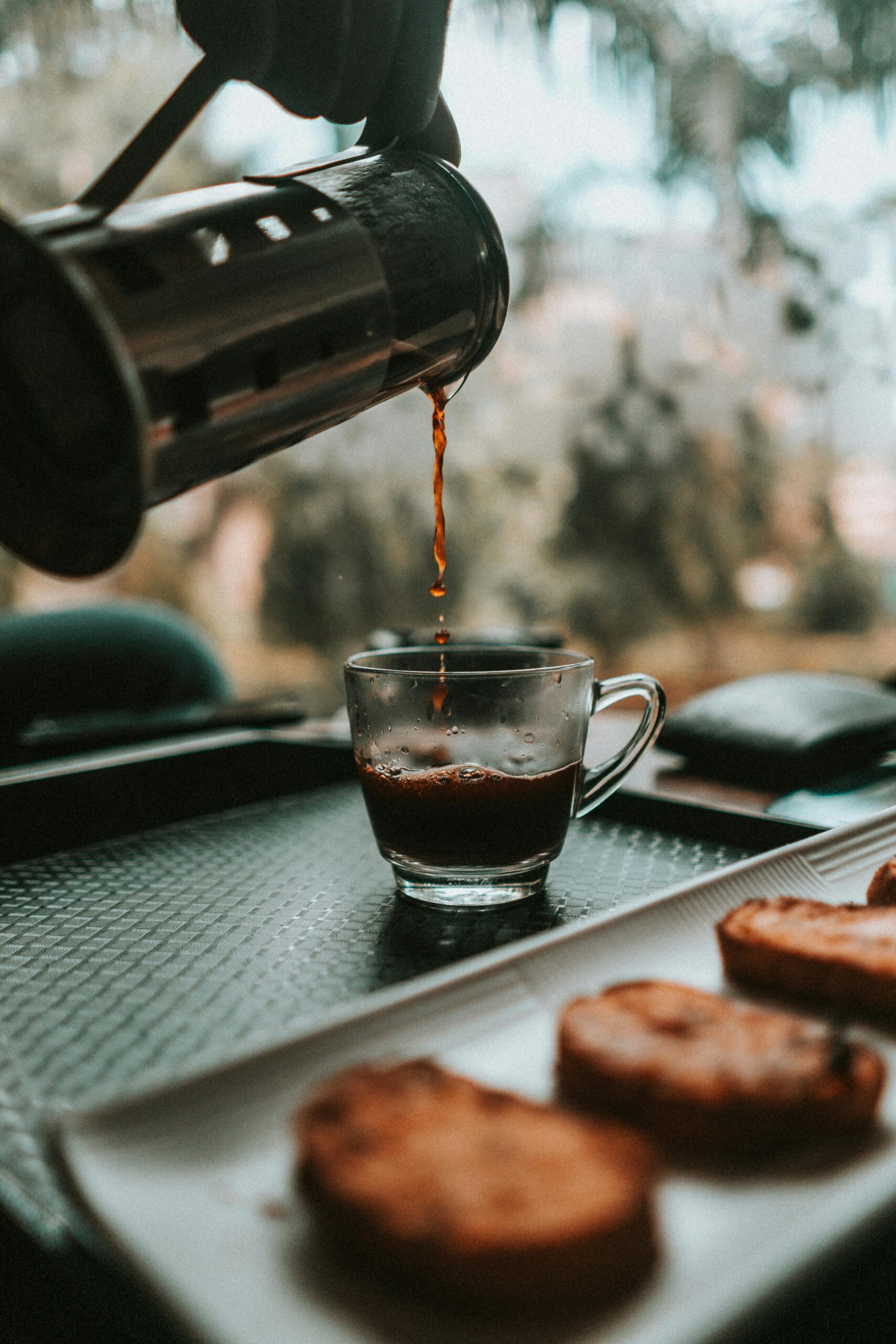Why a Zero-Waste Coffee Routine Matters
In 2025, sustainability is no longer a niche concern—it’s a daily commitment. Your morning coffee ritual, while comforting and energizing, can also generate unnecessary waste if not approached mindfully. From disposable cups to single-use filters and packaging, the environmental impact of coffee consumption adds up quickly.
Adopting a zero-waste coffee routine means making intentional choices that reduce landfill waste, conserve resources, and support ethical production. It’s not about perfection—it’s about progress, one cup at a time.
7 Zero-Waste Coffee Tips for Conscious Consumers
1. Choose Ethically Sourced, Bulk Coffee Beans
Start with beans that are Fair Trade, organic, or Rainforest Alliance certified. These labels ensure sustainable farming practices and fair labor conditions. Buying in bulk reduces packaging waste and allows you to store beans in reusable containers.
Pro tip: Visit local roasters or farmers’ markets for fresh, package-free options.
2. Brew with Reusable Equipment
Skip single-use pods and paper filters. Instead, opt for:
- French press
- Stainless steel pour-over filters
- Moka pots
- Cloth filters
These methods eliminate disposable waste and often enhance flavor by preserving natural oils.
3. Compost Your Coffee Grounds
Used coffee grounds are rich in nitrogen and make excellent compost. They can also be repurposed as:
- Fertilizer for plants
- Natural deodorizer for refrigerators
- Exfoliant in DIY skincare
Composting grounds keeps organic waste out of landfills and nourishes your garden.
4. Use a Reusable Cup or Mug
If you grab coffee on the go, bring your own insulated travel mug. Many cafés offer discounts for customers who bring reusable cups. At home, choose ceramic or glass mugs instead of disposable options.
Avoid plastic-lined paper cups—they’re rarely recyclable and often end up in landfills.
5. Make Your Own Plant-Based Creamers
Store-bought creamers often come in plastic containers and contain additives. Making your own oat, almond, or cashew milk at home reduces packaging and gives you control over ingredients.
Homemade creamers are fresher, healthier, and waste-free when stored in glass jars.
6. Store Beans Sustainably
Keep your coffee beans fresh in airtight glass jars or stainless steel canisters. Avoid plastic bags or containers that degrade over time. Proper storage reduces waste from spoiled beans and preserves flavor.
Label your jars with roast dates to track freshness and reduce unnecessary purchases.
7. Support Zero-Waste Cafés and Brands
Choose coffee shops and brands that prioritize sustainability. Look for businesses that:
- Compost their waste
- Use biodegradable packaging
- Offer bulk refills
- Source beans responsibly
Your purchasing power supports a greener coffee industry and encourages others to follow suit.
Building a Sustainable Coffee Ritual
Creating a zero-waste coffee routine is about consistency and creativity. Start with one change—like switching to a reusable filter—and build from there. Over time, these habits become second nature and contribute to a healthier planet.
- 🌱 Less waste
- ☕ Same great flavor
- 💚 More impact
Your daily coffee can be more than a personal ritual—it can be a statement of care for the environment. By embracing a zero-waste coffee routine, you align your habits with your values and inspire others to do the same. In 2025, sustainability starts with small, intentional choices—and your morning brew is the perfect place to begin.

